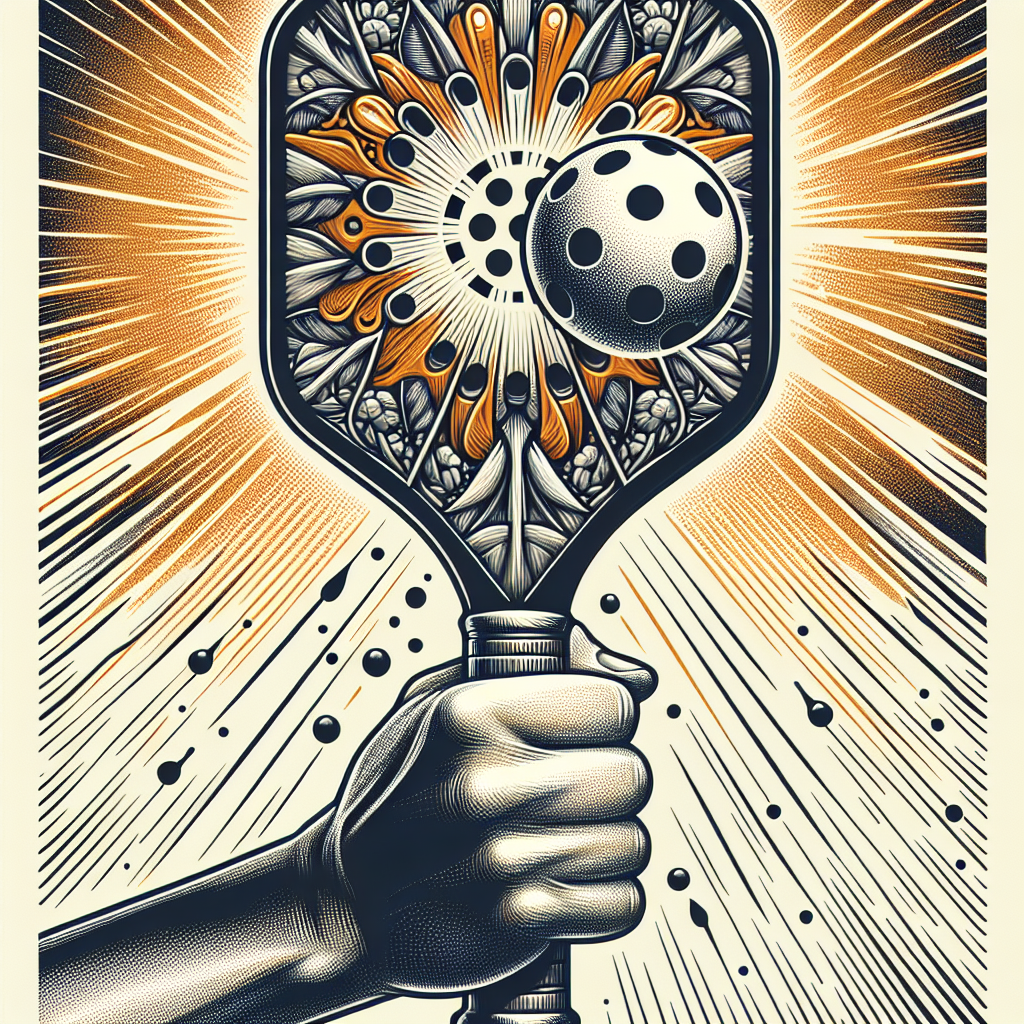Are you curious about the basic rules of pickleball? If so, you’re in luck! In this article, we will explore the fundamental guidelines that govern this exciting and increasingly popular sport. From understanding the court dimensions to grasping the techniques of serving and scoring, we’ve got you covered. So grab your paddle and get ready to dive into the world of pickleball! Pickleball is an exciting and rapidly growing sport that combines elements of tennis, badminton, and ping pong. Whether you’re new to the game or an experienced player, it’s important to understand the basic rules of pickleball in order to play the game properly and enjoy it to the fullest. In this article, we will discuss the various rules of pickleball, covering everything from serving to fault calls, scoring, winning the game, and more. So let’s dive in and explore the wonderful world of pickleball!
Serving
Serving is the starting point of every pickleball game. In pickleball, the serve must be made underhand, with the paddle contacting the ball below the navel. This underhand serve ensures fairness and prevents overpowering serves. When serving, you must stand behind the baseline and make contact with the ball below your waist. It’s important to note that the serve must be made diagonally, starting from the right-hand side of the court and landing in the diagonal service box on the opposing side of the court.
Serving Order
The serving order in pickleball is determined at the beginning of the game through a coin toss or other fair means. The serving team will always start the game, and the first serve is made from the right-hand side of the court. After the initial serve, the serving team will continue serving until they commit a fault or lose the rally. Once the serving team loses the rally, the serve is then passed on to the opposing team, and they become the serving team.
Faults on Serve
Faults on the serve can occur if certain rules are violated. Some common faults on the serve include stepping on or into the non-volley zone line while serving, failing to make an underhand serve, serving out of turn, or missing the diagonal service box on the opposing side of the court. It’s crucial to avoid these faults to ensure a fair and accurate game.
Double Bounce Rule
The double bounce rule is an essential aspect of pickleball that encourages volleying and strategy. According to this rule, after the serve, both teams must let the ball bounce once before volleying. This means that the serve must be returned with an underhand shot and allowed to bounce once. After the ball has bounced once on each side, players have the option to volley or hit the ball out of the air without letting it bounce.
Non-Volley Zone
The non-volley zone, also known as “the kitchen”, is a seven-foot area near the net where players are not allowed to volley the ball. This zone is in place to prevent players from strategically standing at the net and making difficult shots without giving the opponent a chance to return. It’s important to note that players may enter the non-volley zone to play a ball that has bounced there, but they must exit the zone before volleying the ball.
Scoring
Pickleball uses a rally scoring system, which means that teams can score points regardless of who serves. In traditional pickleball, scoring occurs only when the serving team wins a rally. However, in many recreational games, points can be won by both the serving and receiving teams. Each time the serving team wins a rally, they earn a point. The first team to reach 11 points (or 15 in some cases) and leading by at least two points wins the game.
Winning the Game
To win a game of pickleball, one team must reach the designated points requirement while leading by at least two points. In most cases, this means reaching 11 points, but depending on the agreed-upon rules, it may be 15 or another predetermined number. Once a team reaches the required points and maintains the two-point lead, they are declared the winners.
Switching Sides
After odd-numbered games, the players must switch sides of the court. This ensures fairness and equal playability, as factors such as wind and sun direction can affect gameplay. By switching sides, both teams have the opportunity to play in similar conditions and adapt their gameplay accordingly. Switching sides allows for a well-rounded and balanced game experience.
Faults and Line Calls
Pickleball has specific rules regarding faults and line calls to ensure accuracy and fairness during gameplay. Players must carefully observe whether the ball lands inside or outside the court boundaries to determine if it’s in play or out of bounds. If a player believes a ball is out, they can make a line call. However, it’s important to remember that the player making the line call should be fair and unbiased in their judgment.
Foot Faults
Foot faults occur when a player steps on or over the baseline or non-volley zone line while serving or volleying the ball. Foot faults are considered faults and can result in the loss of a point or the opportunity to serve. It’s crucial to be aware of your foot placement and ensure that you stay within the designated boundaries when executing shots. By avoiding foot faults, you not only maintain the integrity of the game but also enhance your own performance.
Now that you have a better understanding of the basic rules of pickleball, you’re ready to hit the court with confidence and enjoy this fun and exciting sport. Remember, pickleball is all about having a good time, building relationships, and staying active. So grab your paddle, find a partner or team, and get ready to have a blast playing pickleball!

